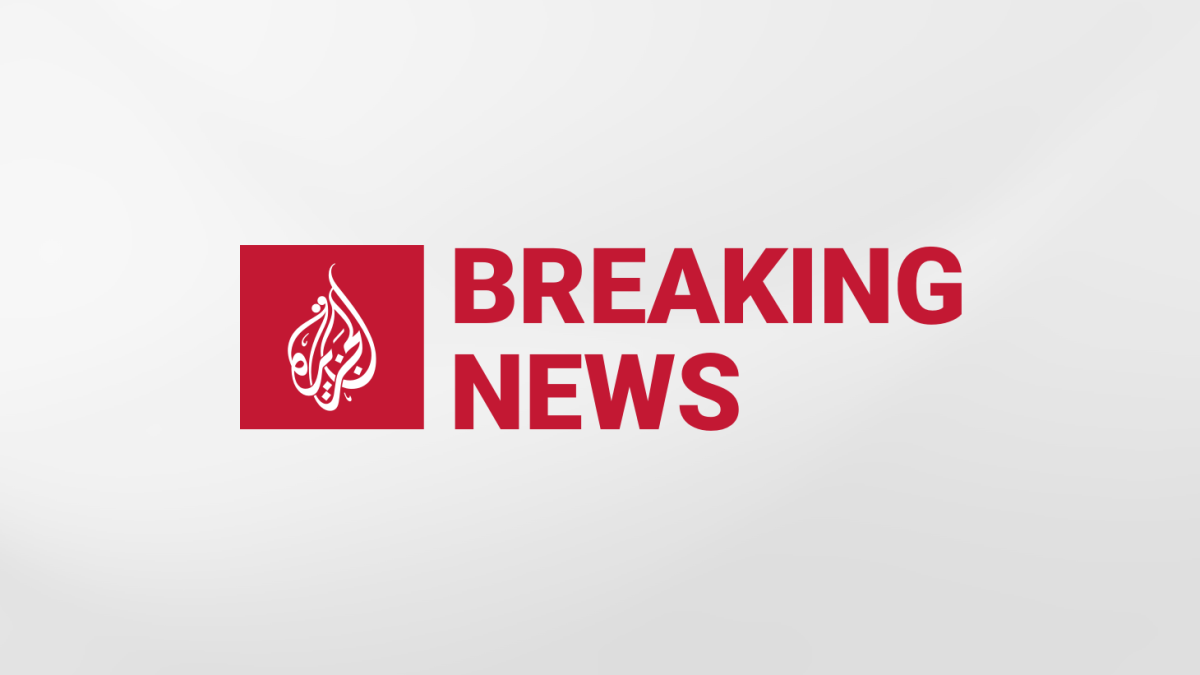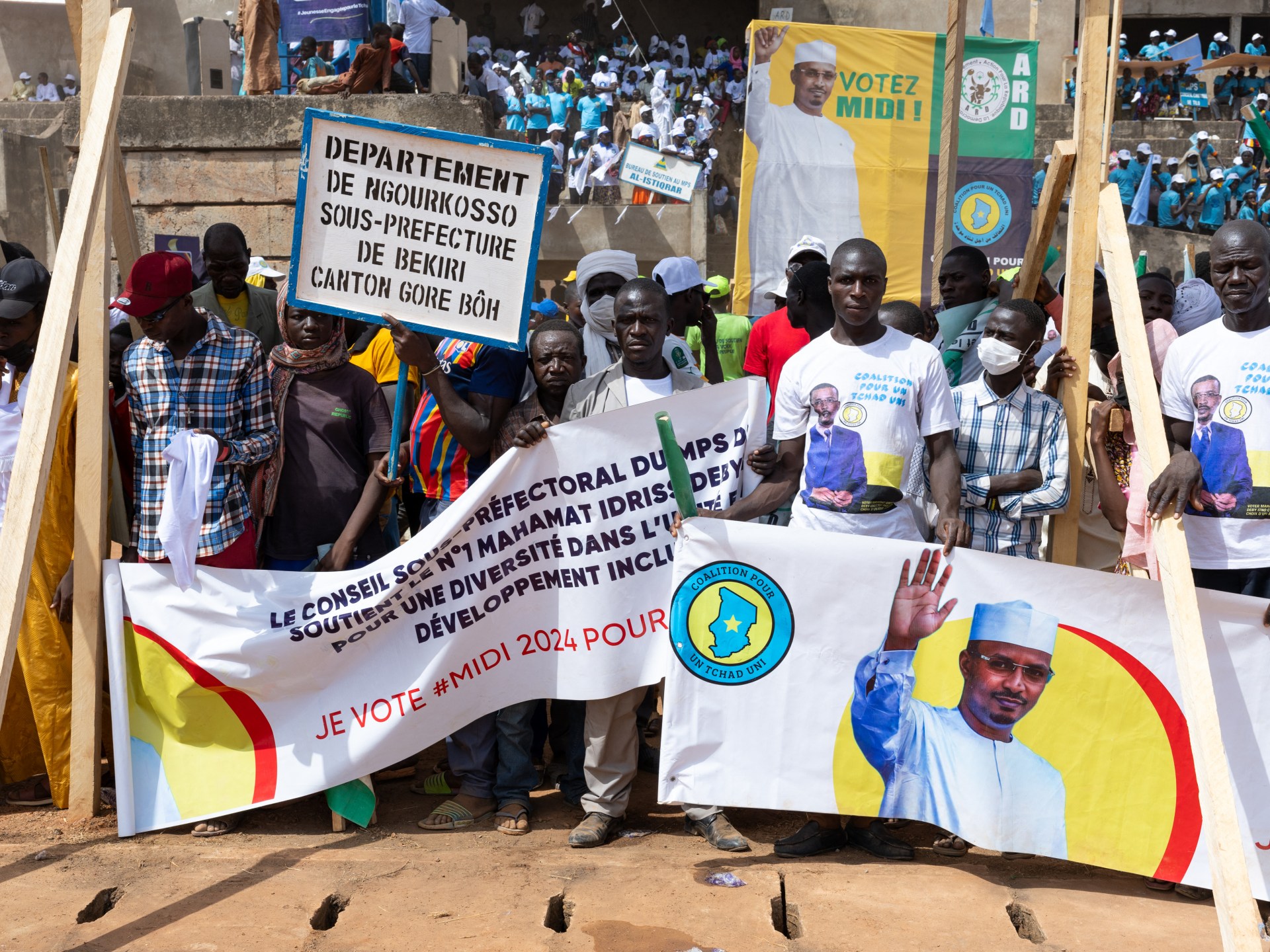Bangladesh imposes shutdown as death toll from student protests mounts
Communications blackout persists as deadly crackdown on demonstrators continues in the nation of 170 million.
Bangladesh enforced a nationwide curfew to quash student-led demonstrations against government job quotas with military personnel and police patrolling the largely deserted streets of the capital, Dhaka.
Dozens of people have been killed this week and several thousand are believed to have been injured, the Reuters news agency reported citing data from hospitals across the country. The Dhaka Medical College Hospital received 27 bodies on Friday, it said, as it put the death toll at 110 people.
The authorities have said about 300 police officers have been injured, blaming the protesters for damaging public property and violence, and accusing opposition parties of instigating the unrest.
Soldiers set up checkpoints on Saturday, shortly after the government ordered a curfew to block the protests – which have been further fuelled by economic insecurity – that sharply escalated this week.
The government continues to impose a near total internet blackout since Thursday on the nation of 170 million amid its crackdown on the student protesters. Text message services and overseas telephone calls remain disrupted.
The curfew was eased for two hours from noon on Saturday to allow people to shop for supplies, said Al Jazeera’s Tanvir Chowdhury, who confirmed hearing gunfire in Dhaka.
“The public is anxious as people didn’t expect the army to be deployed. But some people are also relieved because there is a great deal of respect for the army in Bangladesh,” he said.
“But the mood is just sombre because so many people died. People don’t understand why there was such a heavy crackdown on student protests that were peaceful.”
There has been no official confirmation on when the curfew will be lifted, but it is expected to remain in place at least until early Sunday.
The protests have been ongoing for weeks, but there has been a sharp increase in violence in the past three days.
The demonstrations started, and were initially peaceful, after the High Court on June 5 ordered the reinstatement of a quota that reserves 30 percent of government jobs for family members of veterans who fought for the country’s independence from Pakistan in 1971.
But as the South Asian nation grapples with economic woes, including rising food prices and high unemployment particularly among the youth, many average citizens joined the protests.
“There are a lot of ordinary people who are supporting the students. There’s a great degree of frustration in the country right now and many people don’t accept this government and feel like the prime minister came to power by force,” said Al Jazeera’s Chowdhury.
The protests have been the largest threatening the government of Prime Minister Sheikh Hasina since her re-election for a fourth term earlier this year. She has cancelled planned trips to Spain and Brazil in order to deal with the fallout.
After the crackdown, the protesters have demanded accountability before agreeing to sit down with government representatives for talks. A state appeal to the Supreme Court suspended the reinstatement of the quota for a month, pending a hearing on August 7.
Meanwhile, many opposition party leaders – who had expressed support for the student protesters – have been arrested, along with activists and protest organisers.
India’s Ministry of Foreign Affairs announced in a statement on Saturday that it had facilitated the return of close to 1,000 Indian nationals from Bangladesh, and about 4,000 more students remaining in various universities are receiving consular assistance.




